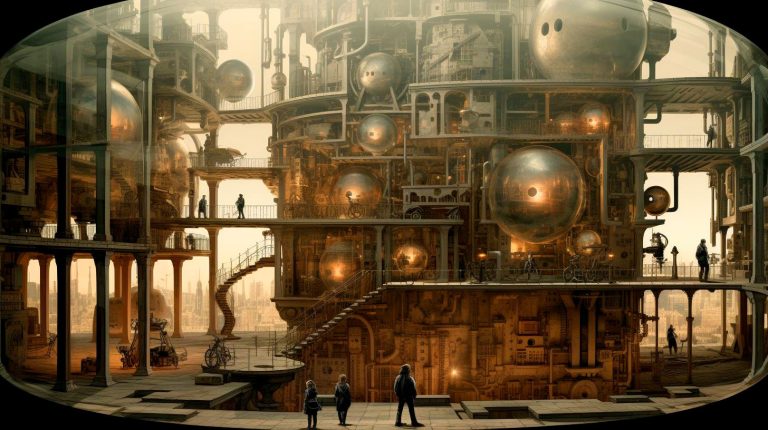Framing: Unveiling the Beauty Within
When it comes to architectural photography, framing refers to the intentional placement of elements within the composition to create a visually pleasing and harmonious image. It helps highlight the beauty and intricacy of the subject by guiding the viewer’s gaze and emphasizing important architectural details.
The Power of Lines and Angles
In architectural photography, lines and angles are essential compositional elements that not only add depth and dimension but also lead the viewer’s eye towards the subject. Utilizing horizontal, vertical, and diagonal lines can create a strong sense of perspective and visual interest.
- Vertical lines can convey strength and stability, often found in skyscrapers and tall buildings.
- Horizontal lines can evoke calmness and tranquility and are commonly seen in seascapes or serene landscapes.
- Diagonal lines add dynamism and energy, creating a sense of movement within the frame.
Playing with Symmetry and Asymmetry
Another powerful technique in architectural photography is the use of symmetry and asymmetry. Symmetrical compositions create a sense of balance and order, while asymmetrical compositions can elicit a feeling of spontaneity and visual tension. Knowing when to use each approach can greatly enhance the overall impact of your photograph.
The Magic of Light and Shadows
Lighting is a crucial factor in any form of photography, and architectural photography is no exception. The interplay of light and shadows can transform a mundane structure into a dramatic and captivating subject. Understanding how light interacts with architectural elements can help you create compelling compositions.
- Soft, diffused light can accentuate the texture and contours of a building, adding depth and dimension.
- Harsh sunlight can create bold and striking shadows, emphasizing the architectural details and creating a sense of drama.
- Golden hour or blue hour photography enhances the overall mood of the scene, with warm or cool tones that evoke different emotions.
The Key Takeaways
As a photographer who seeks to master architectural photography, keep in mind the following key takeaways:
- Master the art of framing to create visually pleasing and captivating compositions.
- Utilize lines and angles to guide the viewer’s gaze and add depth to your images.
- Experiment with symmetry and asymmetry to evoke different emotions and create visual interest.
- Understand how light and shadows interact with architectural elements to enhance the overall mood and drama in your photographs.
In Conclusion
The art of composition is a fundamental aspect of architectural photography. By applying the principles of framing, lines and angles, symmetry and asymmetry, and playing with light and shadows, you can take your architectural photographs to new heights. Remember, mastering this art form requires practice, patience, and a keen eye for detail, but the results will be truly rewarding. So, grab your camera, explore the world of architecture, and let your creativity shine through the lens!


















+ There are no comments
Add yours